Selected Plants of Navajo Rangelands
Johnsongrass
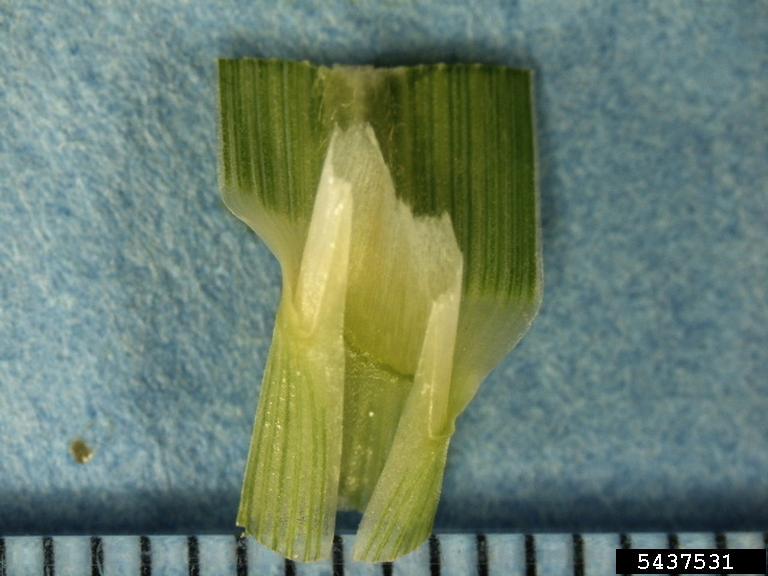
Johnsongrass is a tall perennial with long rhizomes. It grows in moist places and can form large colonies. The flowering segments are called rames. In the rames, a pedicelled spikelet can give rise to more pedicelled spikelets.
Johnsongrass was introduced to the United States as a forage crop, and generally provides good feed. At certain stages of development, however, it can be toxic to livestock. Toxins may also be present when the grass grows in adverse conditions such as drought, frost, or extreme heat. Toxins may also be present when the grass is wet. Toxins tend to affect cattle more than horses. Stalks grow to a height of eight feet. The leaves have a distinctive white midrib. The flowers occur in a purplish cluster. The plants spread through rhizomes and contain allelopathic chemicals, toxins that may affect the health and growth of other plants.
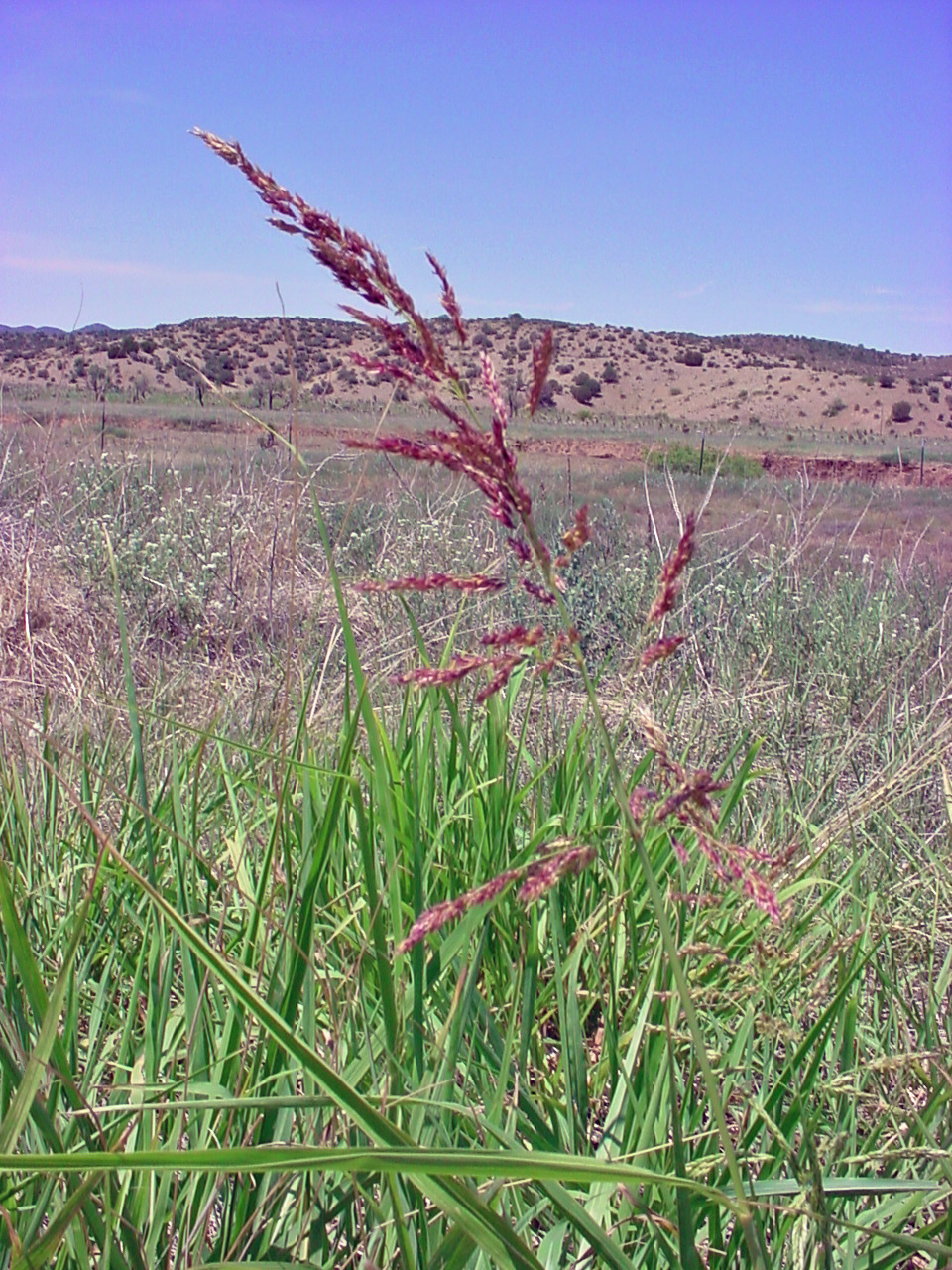
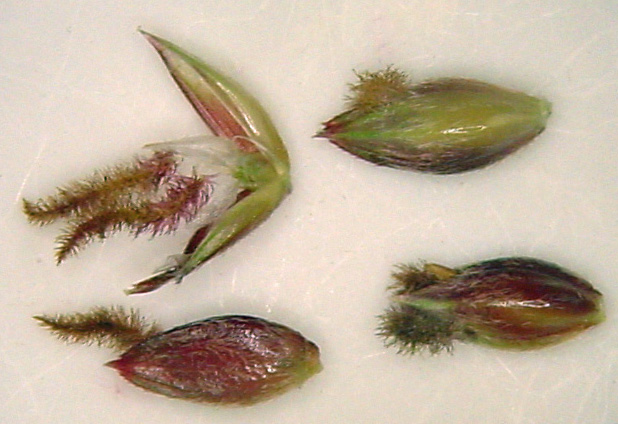
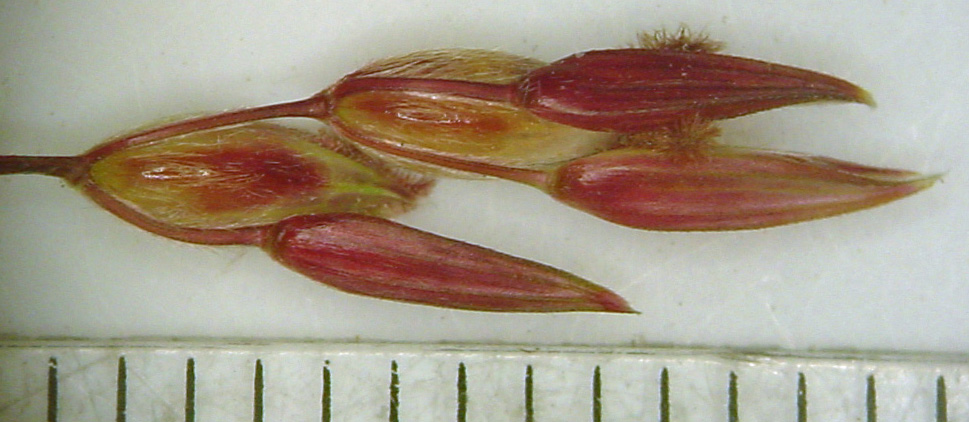

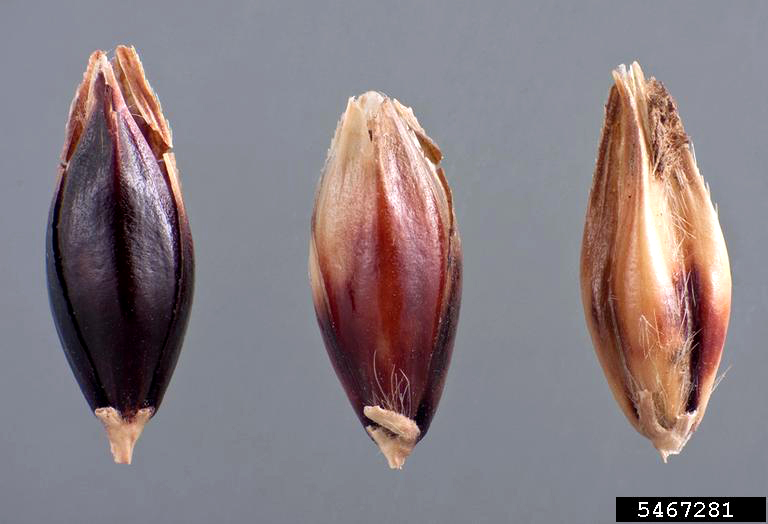

©2018 NMSU Board of Regents.
Individual photographers retain all rights to their images.
Partially funded by the
Western Sustainable
Agriculture Research and Education Program
(westernsare.org; 435.797.2257),
project EW15-023.
Programs and projects supported by Western SARE are
equally open to all people.